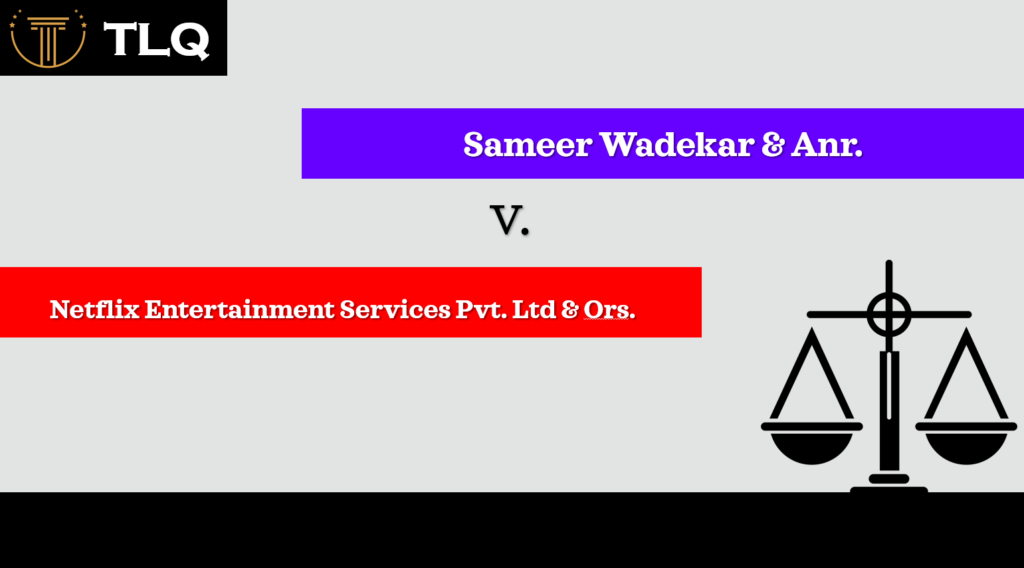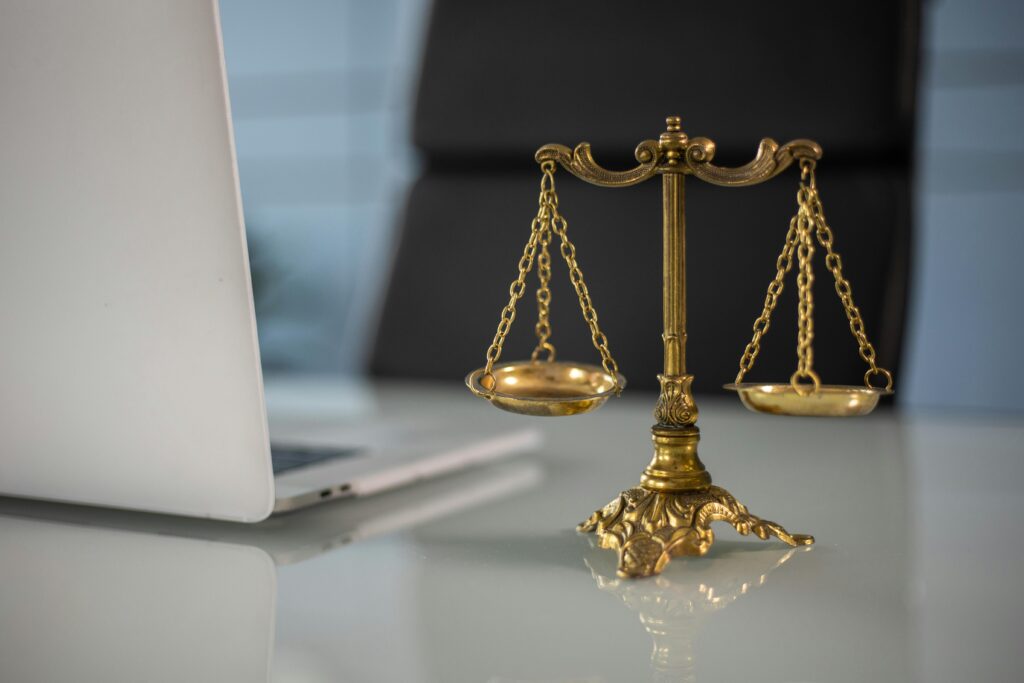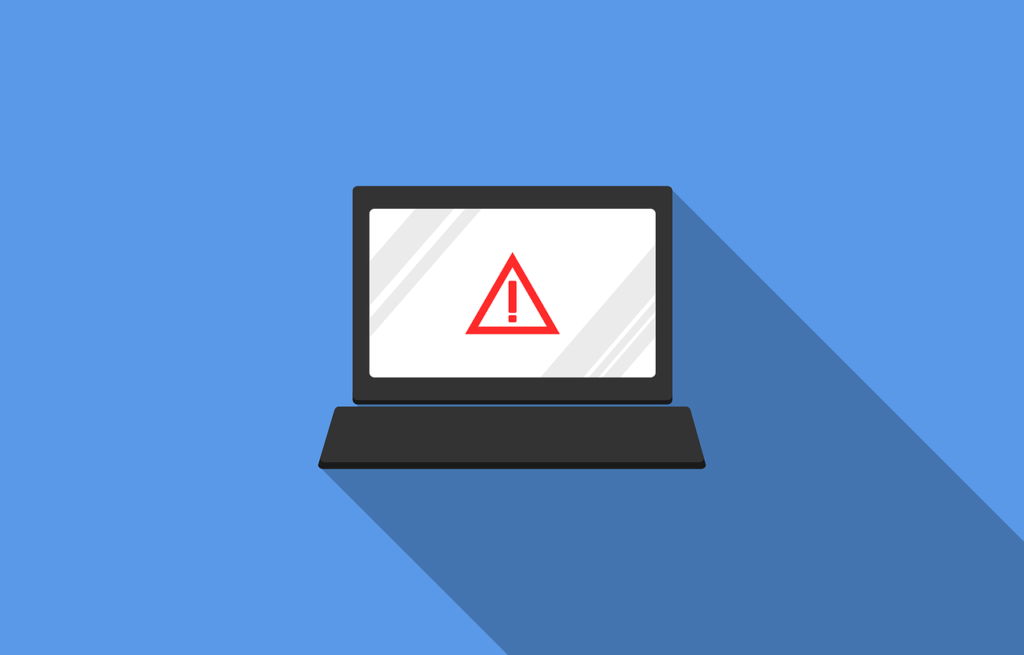Published On; August 11th 2025
Authored By: Prisha Verma
New Law College, Pune
ABSTRACT
As India’s digital presence expands, so does the threat of cyberbullying, an insidious form of online harassment that leaves lasting emotional and reputational damage. Despite its severity, India lacks a dedicated law to tackle it, relying instead on outdated and fragmented provisions under the IT Act, 2000 and IPC, 1860. This article critically examines the nature of cyberbullying, gaps in current legal protections, and relevant judicial trends. It also draws on international practices to recommend reforms that prioritize victim protection, digital accountability, and a safer, more inclusive online environment.
Keywords: Cyberbullying, Online harassment, Information Technology Act, 2000, Cyber law in India, Legal remedies, Online abuse, Cybercrime, Data protection
INTRODUCTION
In today’s digital age, the internet is a cornerstone of communication, learning, and selfexpression. Yet, its pervasive use has also enabled cyberbullying, a form of online harassment that is often anonymous, persistent, and psychologically damaging. Unlike traditional bullying, cyberbullying transcends physical boundaries, leaving a lasting digital trail and affecting victims around the clock. Children, adolescents, women, and marginalized groups are especially vulnerable, often facing profound emotional, social, and reputational harm.
Despite the growing scale of this harm, India lacks a dedicated legal framework to address cyberbullying. This legislative vacuum combined with underreporting, poor enforcement, and limited cyber expertise, often results in impunity. In contrast, jurisdictions like Australia, the UK, and South Korea have enacted targeted laws and institutional responses that balance prevention, punishment, platform accountability, and victim support.
This article examines the gaps in India’s legal response, focusing on the gendered nature of cyberbullying and its mental health consequences, and calls for clear definitions, effective enforcement, and a victim-centric, rights-based approach to digital safety.
UNDERSTANDING CYBERBULLYING IN INDIA
India ranked 3rd globally in reported cyberbullying cases among teens. Cyberbullying is not just traditional bullying with a Wi-Fi connection, it is its digital reincarnation: more persistent, more invasive, and often more damaging. At its core, cyberbullying involves using digital platforms to harass, threaten, humiliate, or isolate individuals. It manifests in many forms, abusive messages, image morphing, impersonation, doxxing, non-consensual image sharing (often misbranded as “revenge porn”), and coordinated online attacks. What makes cyberbullying particularly insidious is its relentless presence, it follows victims into what used to be private spaces, turning phones, laptops, and social media profiles into tools of psychological warfare. For women and marginalized voices, the harassment often starts quietly: a joke, a flirtatious DM, or a casual remark. But silence is read as permission. Unlike physical bullying, cyberbullying leaves no visible bruises, but it cuts deep. The emotional toll is often long-lasting, victims report anxiety, depression, self-isolation, and in extreme cases, suicidal ideation.
Cyberbullying in India is a growing threat fueled by increased internet access and a lack of targeted legal protections. India lacks a standalone law on cyberbullying, but multiple statutes provide partial remedies. The Information Technology Act, 2000, strengthened by the 2008 amendment, forms the core. It covers identity theft (Sec. 66C), impersonation (66D), privacy violations (66E), and the transmission of obscene or sexually explicit material (67, 67A, 67B), including child sexual abuse content. While these laws address offences like identity theft, online stalking, and obscenity, they fall short of capturing the full psychological and gendered dimensions of cyberbullying. When minors are involved, either as victims or offenders, the POCSO Act, 2012 and the Juvenile Justice Act, 2015 come into play, addressing grooming, sexual exploitation, and age-appropriate prosecution in cyber offences. Under the Bharatiya Nyaya Sanhita, 2023, digital harassment is addressed through key provisions: Section 73 criminalizes stalking, Section 151(2) penalizes anonymous threats, and Section 77 targets obscene or degrading acts intended to insult a woman’s modesty. While criminal defamation has been omitted, victims can still pursue civil remedies and rely on the IT Act for redress in cases of reputational harm.
While this multi-pronged framework offers some relief, it remains scattered, outdated, and inconsistent. India urgently needs a comprehensive, gender-neutral Cyberbullying Prevention Law, one that reflects the realities of digital harm and delivers timely, effective justice.
BETWEEN FREE SPEECH AND ABUSE: THE CONSTITUTIONAL CROSSROADS
Article 19(1)(a) of the Indian Constitution guarantees the right to freedom of speech and expression, including expression in the digital realm. However, this right is subject to reasonable restrictions under Article 19(2) on grounds such as decency, morality, defamation, and public order. The difficulty lies in delineating where free speech ends and digital abuse begins.
In Shreya Singhal vs Union of India 2015, the Supreme Court struck down Section 66A of the IT Act for being vague and overbroad, reaffirming that mere annoyance or inconvenience cannot justify restrictions on speech. Yet, the Court also clarified that speech which amounts to incitement, threats, or defamation is not constitutionally protected. Cyberbullying frequently disguises itself as opinion, parody, or dissent. But when it escalates into harassment, intimidation, or sexualised threats, it infringes on the victim’s Article 21 rights to life, dignity, privacy, and mental well-being. The Supreme Court, in K.S. Puttaswamy vs Union of India 2017, affirmed that the right to privacy is intrinsic to personal liberty and dignity, both of which are routinely violated in online abuse.
Further, in Subramanian Swamy vs Union of India 2016, the Court upheld criminal defamation, observing that an individual’s reputation is an integral part of Article 21. While defamation law remains contentious, the judgment supports the constitutional legitimacy of limiting speech that unjustly harms another’s dignity.
India’s digital future depends on striking this delicate balance: safeguarding free expression without enabling impunity. In my view, freedom of speech should never be a shield for abuse. The digital age demands a clearer boundary between expression and exploitation. When speech morphs into targeted harassment, it stops being a right and starts being a weapon.
Protecting free expression is vital, but so is protecting people. We need a framework where voices are free, but never at the cost of someone’s dignity or safety.
LOGGING IN LIKE A WARZONE: THE FEMALE EXPERIENCE ONLINE
While cyberbullying affects all age groups and demographics, in India, its impact on women and girls is uniquely severe and disturbingly normalized. What begins as “harmless teasing” often descends into sexual harassment, character assassination, and digital stalking, all of which go grossly unpunished. This gendered face of cyber abuse exposes a deeper failure of law, culture, and digital ethics. For women, being online is less about connection and more about constant caution. Every comment, every photo, every opinion comes with the risk of backlash. The digital space, hailed as a tool of empowerment, often becomes a battleground where misogyny hides behind memes and harassment gets disguised as free speech. From schoolgirls to public figures, women are routinely targeted with – sexual comments, unsolicited explicit videos, threats of rape and acid attacks, body shaming, character assassination, and slut-shaming. And who are the perpetrators? Often boys hiding behind fake profiles, private group chats, or anonymity, emboldened by a toxic digital culture that treats abuse as banter and violence as virality.
Despite the severity, most of these acts go unpunished, for three key reasons –
- Victim-blaming culture – Women are told to “stay off social media” instead of perpetrators being held accountable.
- Police apathy and ignorance – Many complaints are dismissed as “personal matters”or trivial.
- Lack of digital literacy and legal awareness – Victims often don’t know what rights they have or what legal routes exist.
The Boys Locker Room scandal exposed a group of teenage boys sharing obscene images of girls, discussing gang rape, and yet, few faced lasting legal consequences. The incident came and went like a social media trend, not a legal reckoning.
This is the brutal truth: Indian digital spaces are not neutral. They’re often designed by the privileged and weaponized against the vulnerable, especially women.
NOT JUST LAWS ON PAPER ACCOUNTABILITY IN PRACTICE
While India has legal provisions under the Information Technology Act, 2000, and the Bharatiya Nyaya Sanhita, 2023, these frameworks alone are insufficient to address the scale and speed of online abuse. The law remains largely reactive, and enforcement is hindered by technical illiteracy, jurisdictional confusion, and under-resourced cyber cells. What’s urgently needed is platform accountability, including statutory obligations for timely content moderation, real-time grievance redressal, and algorithmic transparency. Without clear rules for digital intermediaries, the burden of enforcement unfairly falls on victims.
A robust digital accountability framework must integrate – mandatory reporting standards for platforms, time-bound grievance resolution mechanisms, legal recognition of platform negligence, public awareness around digital rights.
Law sets the foundation, but digital governance must carry the structure. Yes, India has cyber laws. But ask any woman who’s reported online abuse, and she’ll tell you, the law is too late, too slow, and too soft. You cannot legislate your way out of platform inaction. Until tech giants are legally required to take down harmful content promptly, flag repeat offenders, and support victims, not just profit from their engagement, abuse will thrive. Laws can punish, accountability prevents, that’s the shift we need. India’s digital laws were never designed for the algorithmic age. Every woman who’s been stalked online, every activist doxxed, every teenager humiliated on a group chat, knows this: justice comes after the damage is done, if at all.
We need to stop treating tech platforms like neutral messengers. They are digital ecosystems with real power. And power without accountability is dangerous. A nation with over 850 million internet users cannot rely on piecemeal penalties and performative platform policies. It’s time for legally binding digital accountability, not as an afterthought, but as a central pillar of internet governance. India’s legal system gives us the framework, but the gap between law and lived digital harm is growing wider by the day. Victims face delayed responses, vague platform policies, and zero follow-up.
Legal-tech must rise to fill that void, not just by translating the law, but by amplifying accountability. We need – AI-backed abuse flagging systems, cross-platform complaint integration, real-time legal triage for victims, dashboards to track enforcement timelines. Your code should not just read the law; it should deliver it in real time. If the law is the rulebook, then legal-tech must become the field where justice actually plays out.
CONCLUSION
Cyberbullying in India exposes the widening chasm between law and lived reality. While existing statutes offer partial remedies, they fall short of the speed, scale, and psychological intensity of digital abuse. Legal reform is essential, but not enough. Without platform responsibility, real-time enforcement, and a rights-based digital culture, the burden will continue to fall on victims to protect themselves in a space that should belong to all.
Protecting free speech cannot mean tolerating targeted harm. True digital justice demands more than punishment, it demands prevention, protection, and platform accountability. Until we treat online safety as a fundamental right, not an afterthought, the internet will remain a warzone for far too many, especially women, minors, and marginalized communities.
“The law is the starting point. Digital accountability is the finish line.”
REFERENCES
1. The Information Technology Act 2000, s 66C, 66D, 66E, 67, 67A, 67B
2. The Protection of Children from Sexual Offences Act, 2012
3. The Juvenile Justice (Care and Protection of Children) Act, 2015
4. The Bharatiya Nyaya Sanhita, 2023, s 73, 77, 151 (2)
5. The Constitution of India, art. 19(1)(a), 19(2), 21
6. National Crime Prevention Council https://www.ncpc.org
7. Shreya Singhal vs Union of India, AIR 2015 SC 1523
8. Justice K.S. Puttaswamy (Retd.) and Anr. vs Union of India & Ors., (2017) 10 SCC 1, Writ Petition (Civil) No. 494 of 2012
9. Subramanian Swamy v. Union of India & Ors., AIR 2016 SC 2728
10.The Hindu, “Bois Locker Room, a reflection of an existing mindset” (May 22, 2020) https://www.thehindu.com/news/cities/Delhi/bois-locker-room-a-reflectionof-an-existingmindset/article31638044.ece
11. Mridull Thaplu, “LEGAL PERSPECTIVE TO THE BOIS LOCKER ROOM INCIDENT & PUNISHMENT TO THE JUVENILE” (July 2020)
12. Microsoft Global Youth Online Behavior Survey, 2023.
13. Irene Kwan, Kelly Dickson, Michelle Richardson, Wendy Macdowall, “Cyberbullying and Children and Young People’s Mental Health: A Systematic Map of Systematic Reviews” (January 2020)




